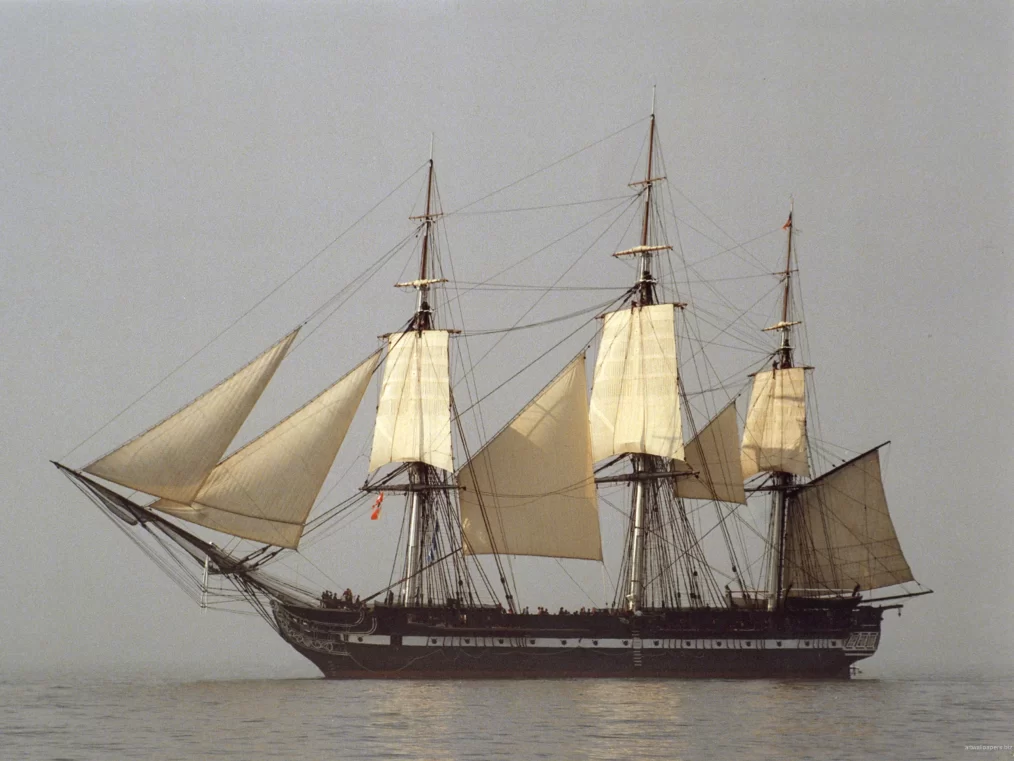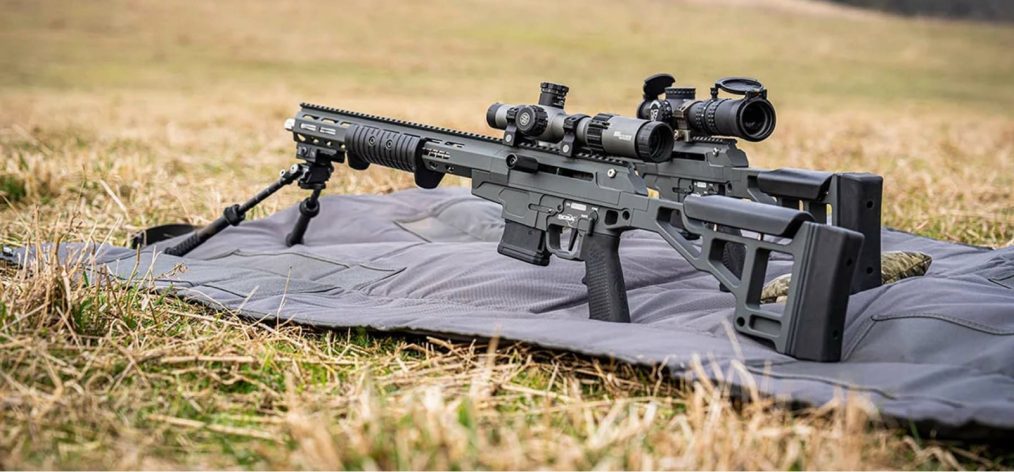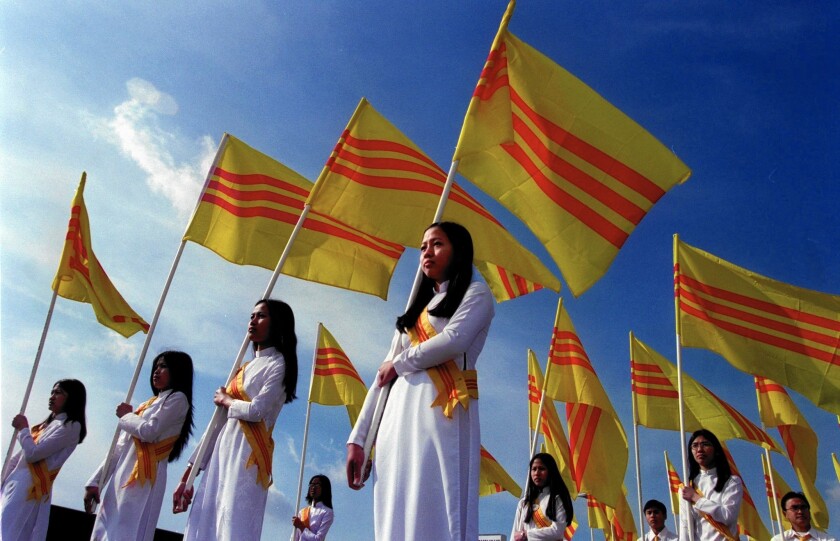This year’s historic hotel tour has been nothing short of extraordinary, with each stop revealing layers of history and community spirit. Among the many gems we’ve uncovered, the Royal Hotel in Manilla stands out as a favorite, its age and charm speaking volumes about the rich tapestry of New South Wales’ country life.
Our journey took us further to the Western Plains Zoo in Dubbo, a place that has blossomed and expanded since our last visit a quarter-century ago. But amidst all these wonders, it was ANZAC Day in Dubbo that truly stole the spotlight, etching itself into our memories as the most remarkable commemoration we’ve ever witnessed.
Credit must be given where it’s due, and the RSL Sub-Branch in Dubbo deserves every accolade for orchestrating a commemoration that was nothing short of breathtaking from start to finish. As we joined the solemn procession behind a community band, marching 1.5 kilometers through the city streets, the palpable sense of pride was almost tangible. Veterans, impeccably dressed in their suits, marched alongside us, embodying the spirit of sacrifice and service.
The memorial service itself was a masterclass in reverence and respect. Absent were the often-divisive speeches of politicians, replaced instead by a poignant address from a serving Air Force officer. There were no ceremonial gestures of welcome to country or acknowledgments, just a pure and unadulterated focus on honoring the fallen and preserving the true essence of ANZAC Day.
It’s a program that transcends politics, a testament to the enduring spirit of camaraderie and remembrance. If there’s one thing we’ve learned from our travels, it’s that ANZAC Day is more than just a date on the calendar; it’s a sacred opportunity to pay homage to those who have given everything for our freedom. And in Dubbo, that sentiment rang louder and clearer than ever before. Truly, a model for all Sub-Branches to emulate, ensuring that ANZAC Day remains untainted by the agendas of the day, and instead, serves as a beacon of unity and reverence for generations to come.
Home again on Wednesday.











